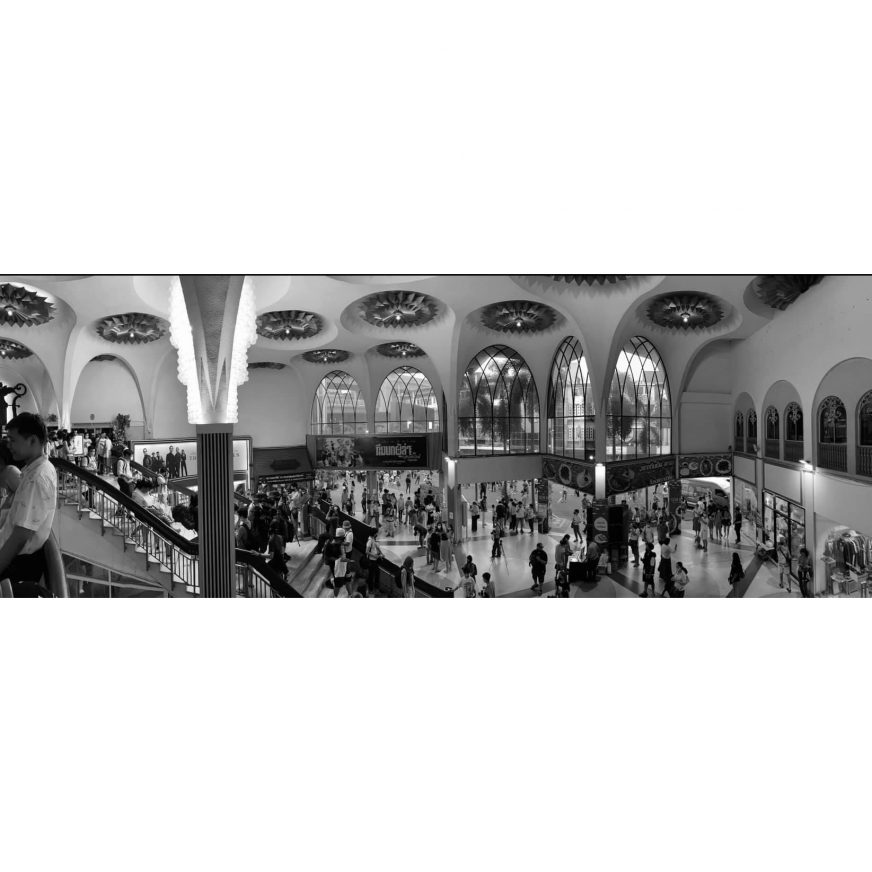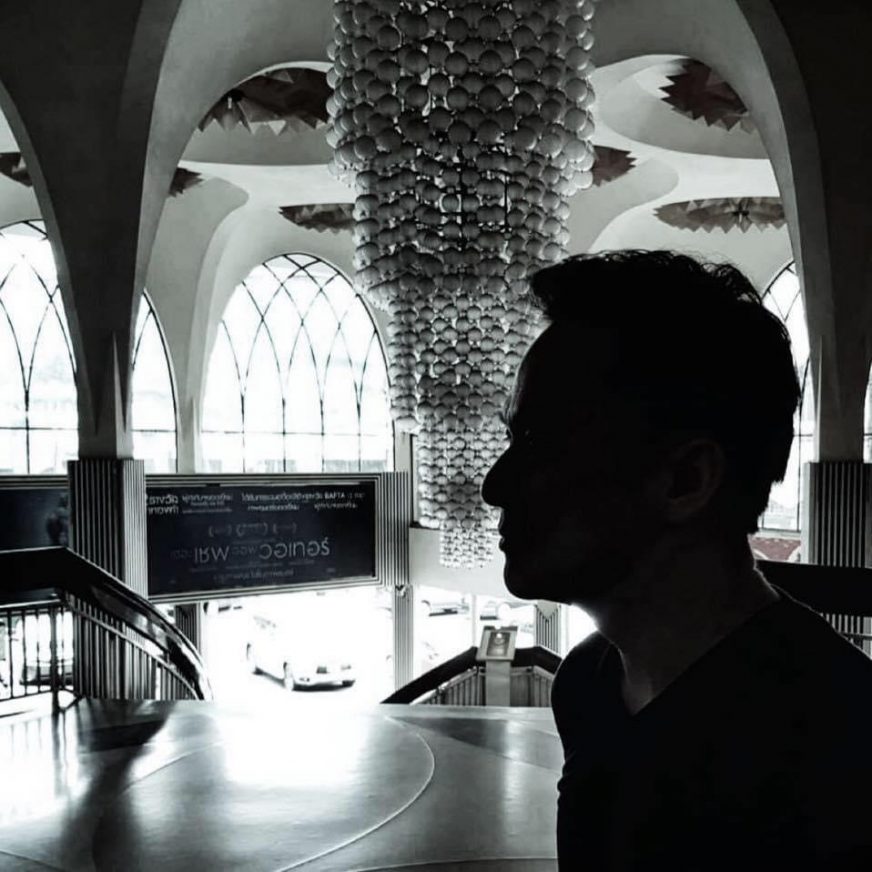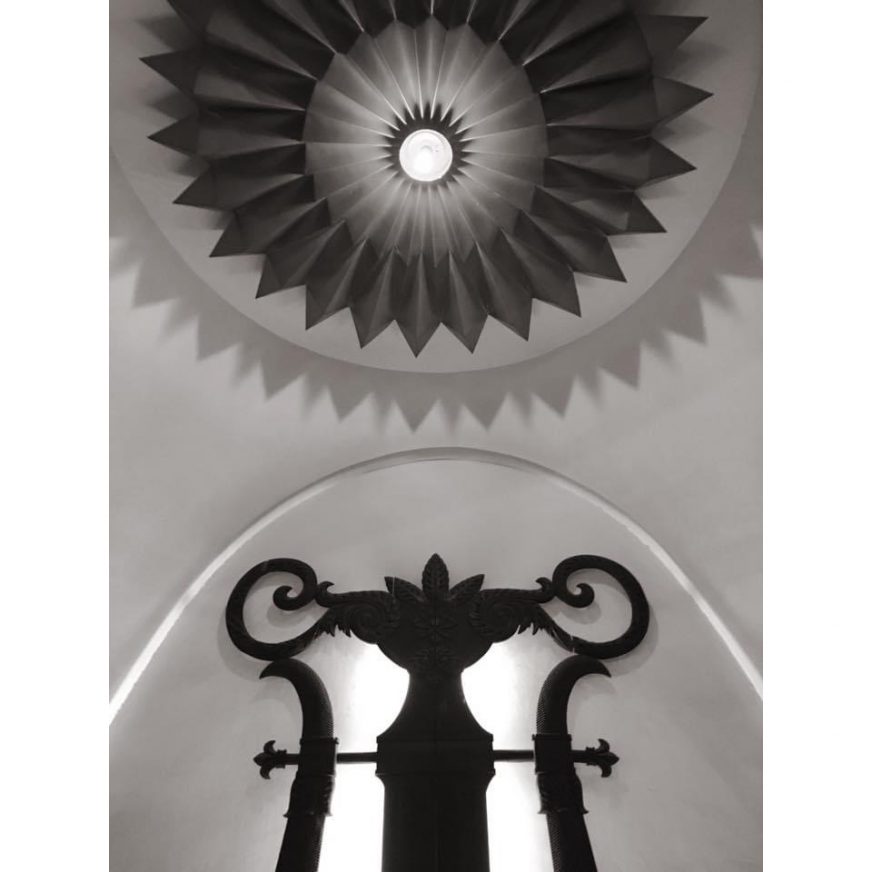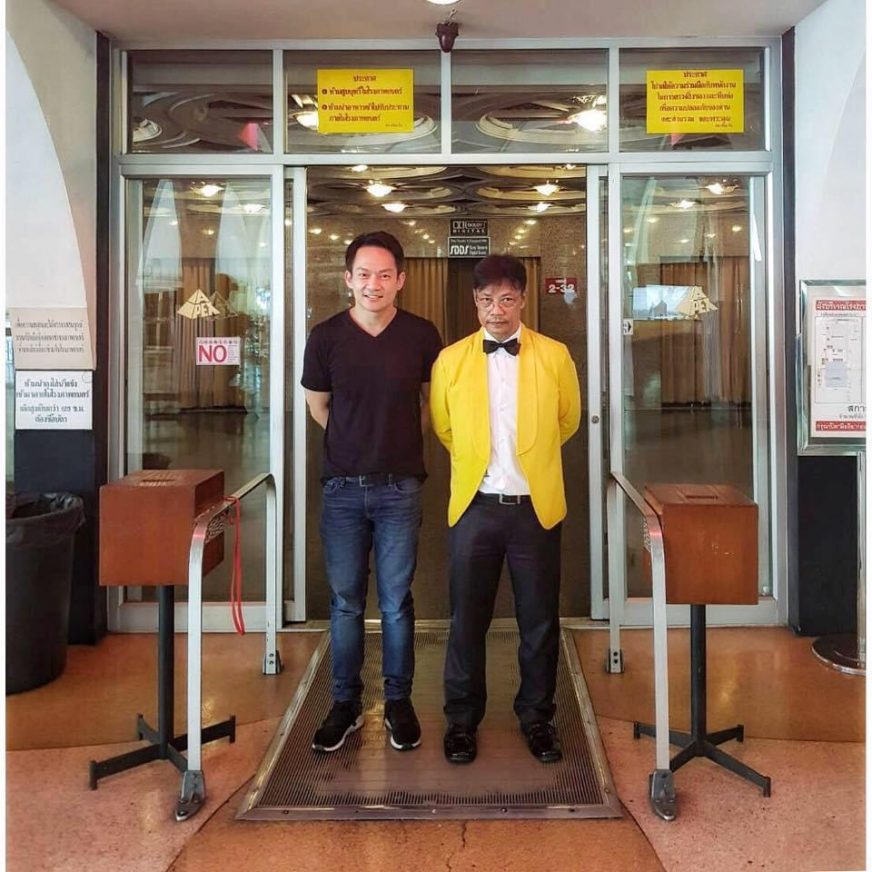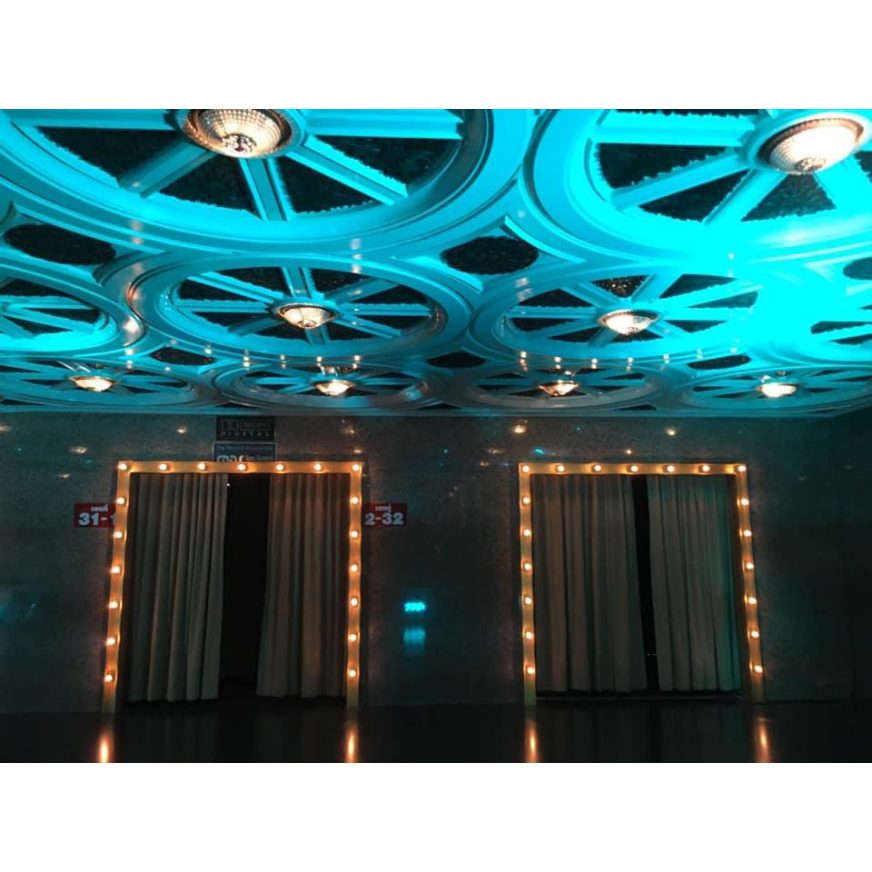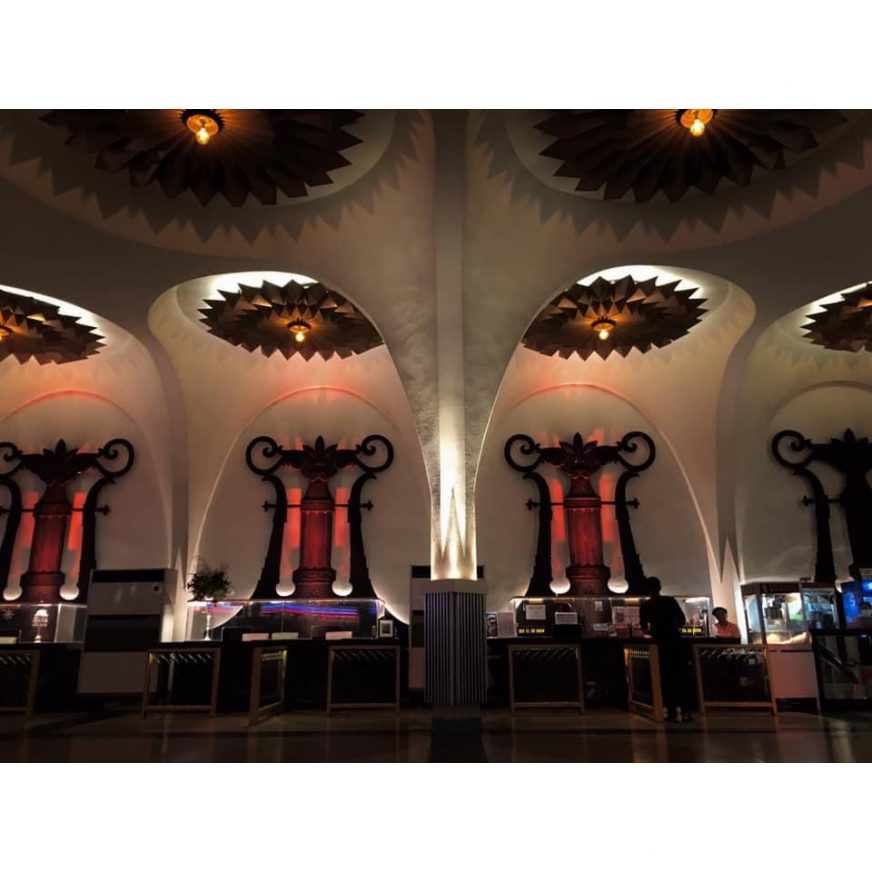TEXT & PHOTO: AMATA LUPHAIBOON
(For Thai, press here)
I first found out about Scala when I was in my first year of high school. Back then, Triam Udom Suksa School, the school I went to, didn’t have any classes during the Friday afternoon period. It gave me the opportunity to see all kinds of movies at different stand-alone cinemas that were being operated at the time, from Scala, Siam to Lido and Maccanna all the way to Washington on Sukhumvit Road, which happened to be on the bus route I took to get home.
My familiarity and sense of closeness with Scala was like friends who are the same age since Scala was opened in the year I was born. I could only go to the cinema on Fridays during high school. When I entered university, it became a lot more frequent and convenient. I could go to see a movie pretty much any time I wanted just by walking to Siam, seeing a film before coming back to class. When I started working, I would still come to Siam Square to see a movie almost every week. When the film was over, I would walk to the nearby New Light restaurant and have a meal. This was the routine I repeated hundreds of times.
But time passed and stand-alone cinemas were gradually closing down. After the fire incident of Siam theater in 2011, the only stand-alone establishments left were Lido and Scala. Lido was attempting to adapt to compete with the multiplexes, slicing the theater into three smaller cinemas while Scala was showing new releases and films that were more mainstream. I personally preferred Scala partially because of my love for the ritual of walking up the stairway, buying a ticket and snack, sitting around at the foyer before the movie started to see people leaving the prior session and observing their faces and reactions, entertaining myself with the idea of who seemed to like or dislike the film, and who fell asleep. The staff there remembered me, they knew that I liked to buy a box of colon snack and a bottle of water before going inside the cinema, and the ticketing staff would knew my favourite seat.
On the day Lido had its last screening, I went and said goodbye to all the staff. Some said that they wouldn’t be relocated to Scala since there wouldn’t be enough positions anyway, and some were planning to go back to their rural hometowns to their families. That last night at Lido, many were secretly speculating about the imminent and sadly similar fate of Scala.
In these past several years, there were efforts made by several groups of people to educate the general public about the significance and beauty of Scala. These endeavors hoped to urge Scala’s owner and the general public to recognize and support the conservation of the theater, something that would buy many more years and eventually save Scala from being dismantled. The Thai Film Archive hosted the World Class Cinema program with the screening of classic films. On the day of The Godfather’s screening, the crowd exceeded the seats and many had to sit on the stairs to watch the film. Grandmothers showed up with their children and grandchildren and people from every generation were part of the cinema viewing experience that happened there. That afternoon, Scala was the liveliest it had ever been. Two years ago, some lighting designer fellows of mine curated ’The Wall’ lighting installation, illuminating every column and the stars on the ceiling were accentuated by the casted lights, revealing their gorgeous outlines. The foyer stood out with the colors of the lighting on the walls and ceiling. Inside the cinemas, the lighting installation was accompanied by music which had been composed and arranged specifically for the occasion.
I did a presentation to portray the architectural and cultural significance of Scala, and tried to propose a number of ways for the building to be conserved with a few adjustments to the program for it to be more contemporary, knowing it wouldn’t be able to survive from its operation as a theater alone. To broaden the possibility of generating additional income, I suggested the possible retail spaces that would complement Scala’s operations. I included examples of stand-alone cinemas from around the world that have successfully adapted and attempted to stay sustainable. Eventually, I met with the people and agency whose role directly involved the existence of Scala. They listened, but by the look in their eyes, I knew that what I’d been trying to say never really stayed with them because it didn’t meet the initial goal they already had in mind.
COVID-19 hit not long after that and Apex needed to let Scala go sooner than it had planned. Decoration was stripped off from the building. I felt like they intentionally wanted to make Scala look more deteriorated; devalued somehow, so that the day it was actually going to be torn down, the resistance wouldn’t be too much to handle. Last week, a friend of mine who shares the same love for Scala sent me pictures of the wreckage from the demolished cinema. On the day when this article is being written, there is absolutely nothing left. I won’t write an elaborate sob story about Scala anymore. Everything has its own ending. Like stories in films that eventually have to come to an end. The hope for Scala to survive has in reality, always been so little. She was like my close friend who was going through a serious illness for a long time. There were days that seemed hopeful, and there were days when I realized she would never make it. But I choose to remember the days when my friend was the most beautiful and vivacious. That’s how I will remember Scala.
_____________
Amata Luphaiboon is an architect and co-founder of Department of Architecture Co.



